Visit These Floating Peruvian Islands Constructed From Plants
The Uro people who live on Lake Titicaca have been building their own villages by hand for centuries
For a lesson on adaptability, consider the floating islands of Lake Titicaca. The Uro people have constructed the islands out of the totora plant for hundreds of years, forming their own homeland in a lake that sits high in the Andes mountains, straddling Peru and Bolivia. With constant work, the plant allows them to build floating villages where previously there was only.
The practice began in the pre-Columbian era, when the ancestors of the Uro couldn’t find land of their own amid competing groups—including the Colla and the Inca—and needed a way to protect themselves. So they created islands in Lake Titicaca out of thick totora reeds. Today, the Uro continue to live on islands made out of the reeds, and use the same material to make houses and furniture. “Originally,” Atlas Obscura writes, “the mobility of the islands was used as a defense mechanism,” allowing villagers to move if things got tense.
Now, the roughly 70 human-designed pieces of land, each measuring about 50 feet by 50 feet, are usually moored, tied to the bottom of the water and to each other with rope cables, but their inhabitants can move them around the lake if needed. There is a watchtower on one island as well as several smaller outhouse islands, and the main island also boasts a radio station.
Until the mid-1980s, most of the islands were located about nine miles from shore and had few visitors. But after a devastating storm in 1986, as Slate writes, many Uros rebuilt their islands near Puno, the largest city on the shore of the lake. Now that the islands are easier to access, tourists come by the hundreds of thousands. Locals take turns opening up their homes to show what it’s like to live in a building made of reeds, and also don native costumes for the sightseers. Eighty percent of the local population works in tourism. But at about 12,500 feet above sea level, Lake Titicaca has only about 65 percent of the oxygen many visitors are used to—so locals, as in other elevated parts of Peru, offer coca tea to alleviate symptoms of altitude sickness.
What does it feel like to walk on an island made out of reeds? As Joshua Foer puts it in Slate, “Stepping onto a floating island is an unnerving sensation, like walking on a giant sponge that squishes underfoot. Though the reed mats are up to 12 feet thick, there is always the feeling that one could step right through to the cold lake below.”
Indeed, the islands require constant upkeep: Villagers are constantly cutting new reeds and adding them on top. But even so, the floating structures can’t last forever. Every 30 years, locals have to build a new island from scratch. Meanwhile, as the reeds break down over time, their decomposition produces gases that may keep the islands buoyant. Robert Dunbar, a professor of environmental sciences at Stanford University who has done research on Lake Titicaca, tells Smithsonian.com that the decay of the totora reeds “can produce several gases, including CO2 and methane which can contribute to floatation.” That said, Dunbar isn’t certain whether those gases are an important source of buoyancy or more of an added bonus.
As in other parts of the world reliant on tourism, people who live on the islands continue to wrestle with their dependence on visitors and how those visitors dictate everyday life—whether it be the clothes that locals feel they must wear to seem “native enough” or the way tourists offer sweets to kids who don’t have dental care. But respectful visitors and armchair travelers alike can appreciate the ingenuity involved in human-made islands, especially as we hear about more newfangled adaptive measures, such as making islands out of giant discarded oil tankers. Turns out, when you look at the centuries-old Uros land formations, creating land out of innovative materials isn’t such a new idea after all.
Planning Your Next Trip?
Explore great travel deals
Smithsonian magazine participates in affiliate link advertising programs. If you purchase an item through these links, we receive a commission.
/https://tf-cmsv2-smithsonianmag-media.s3.amazonaws.com/accounts/headshot/michele-lent-hirsch.jpg)
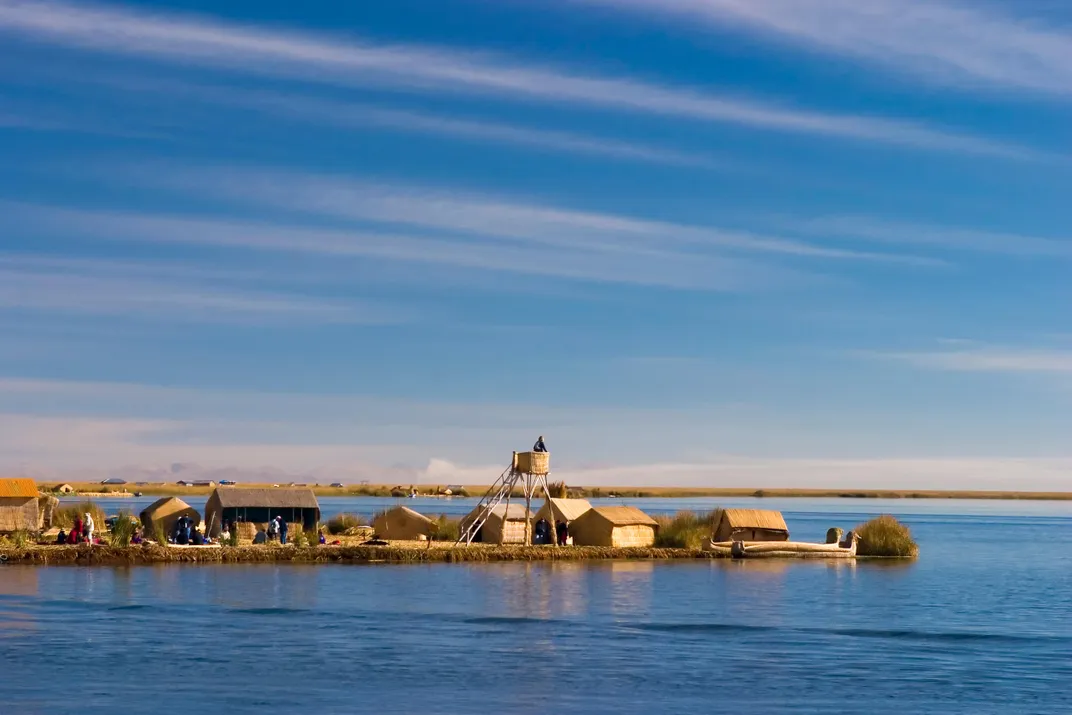
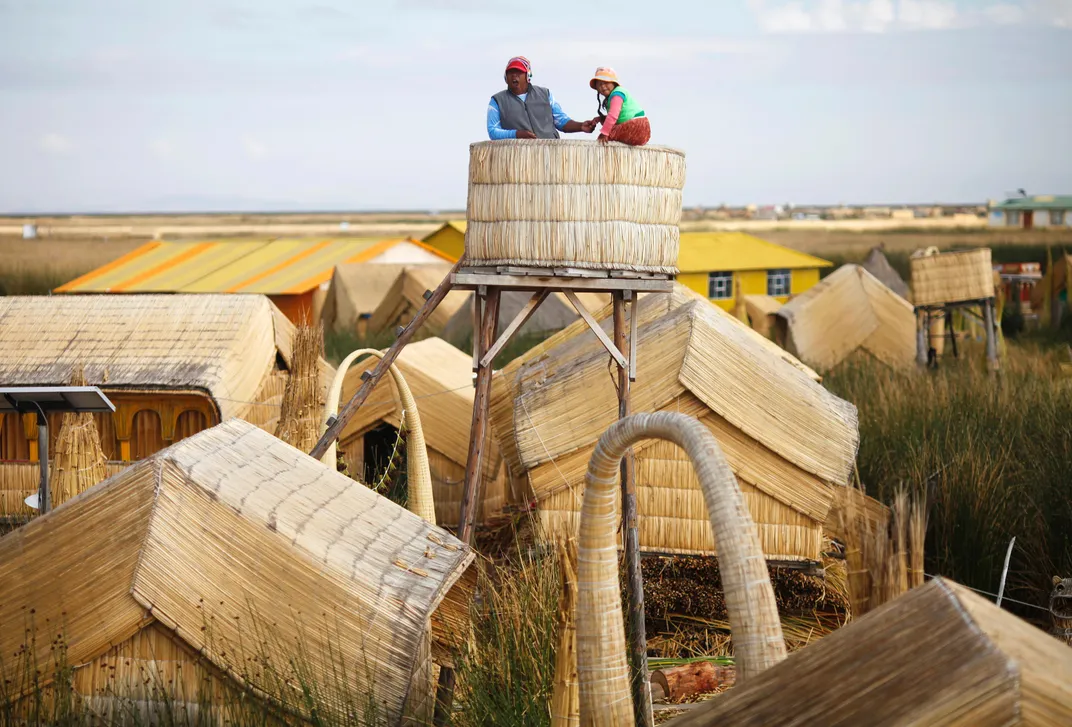
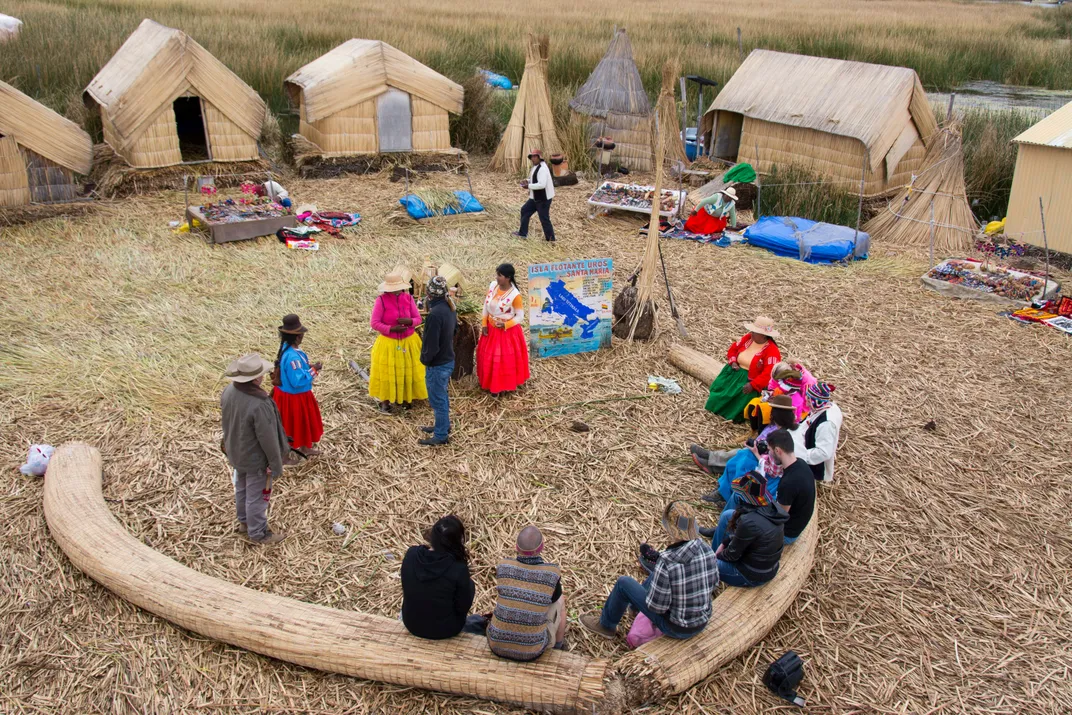
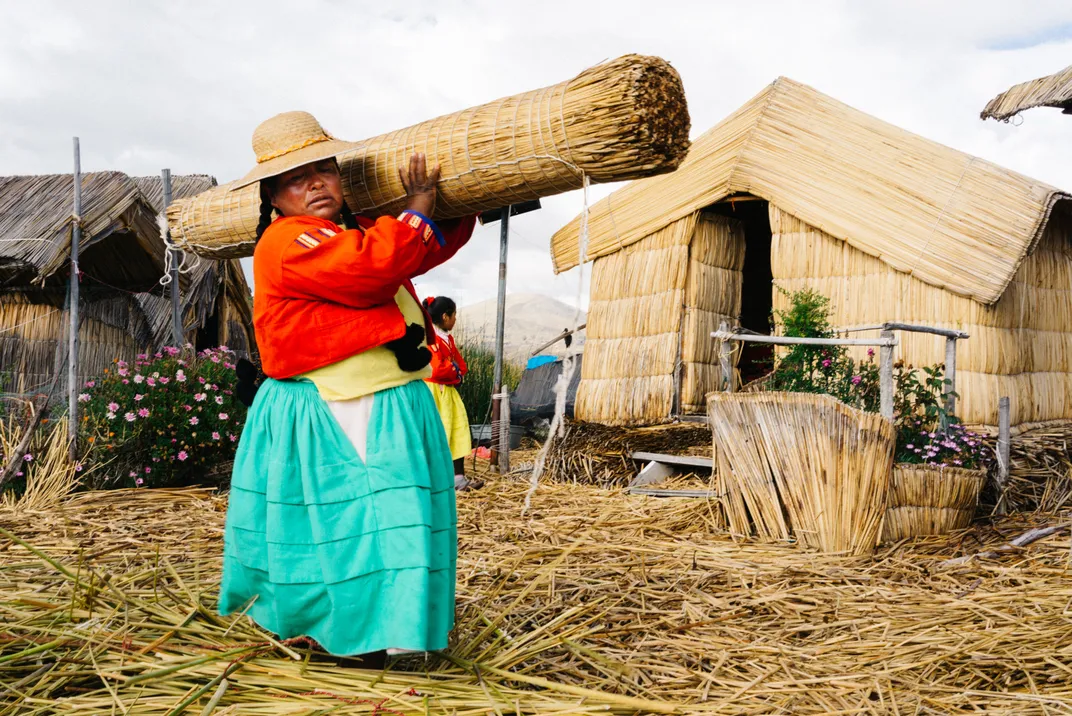
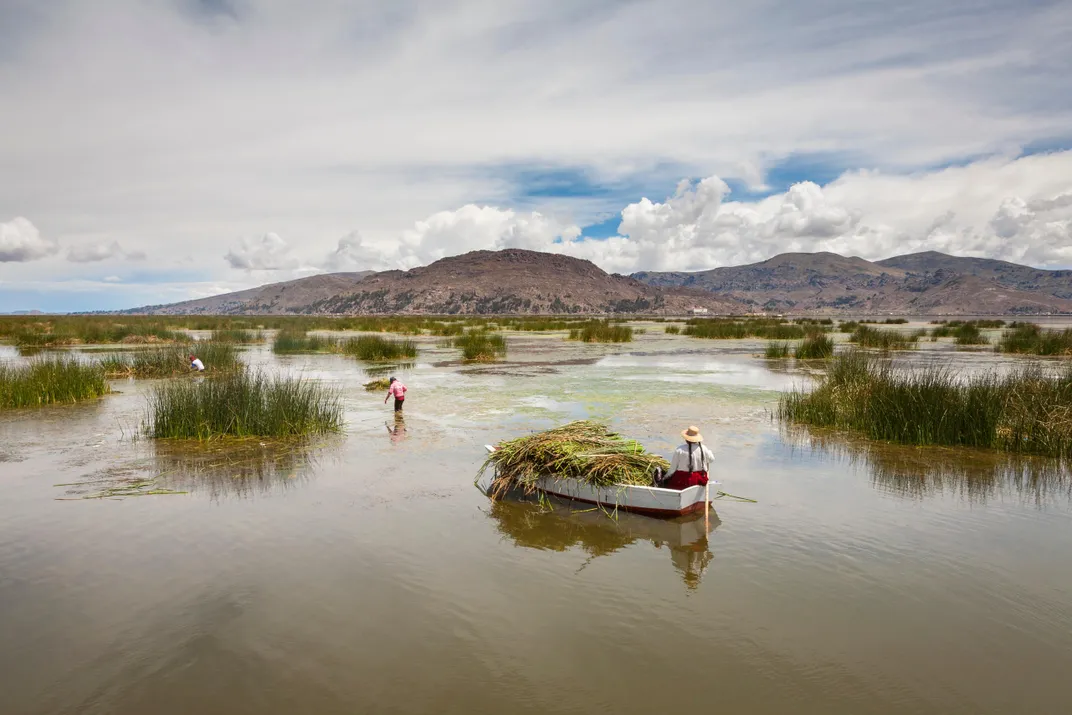
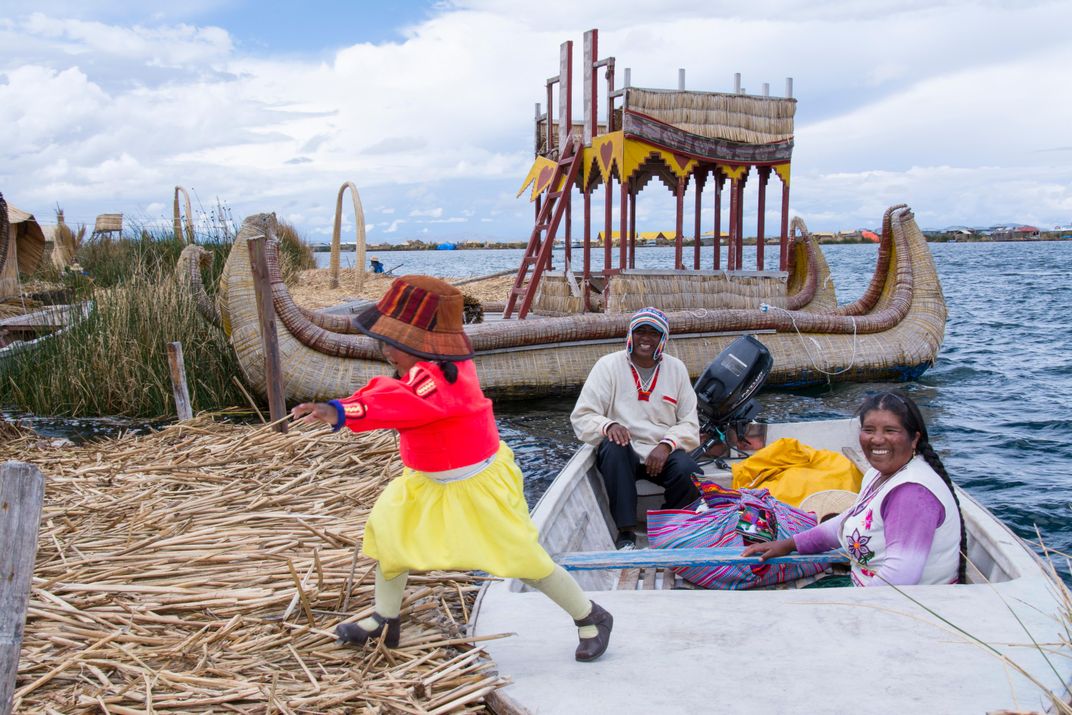
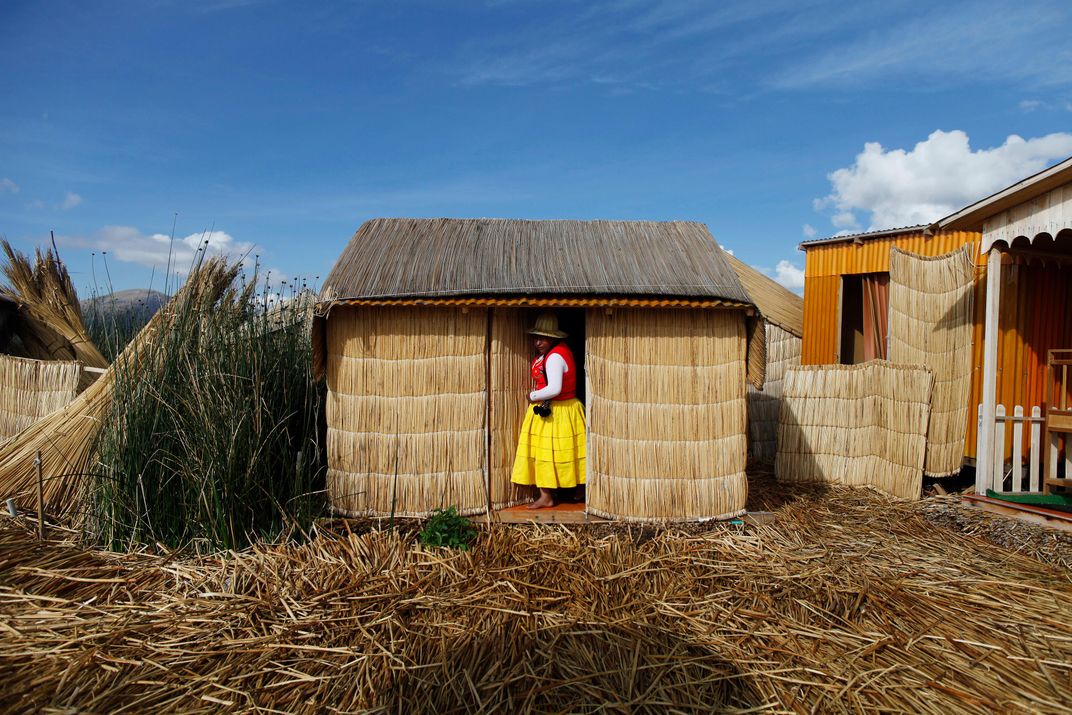
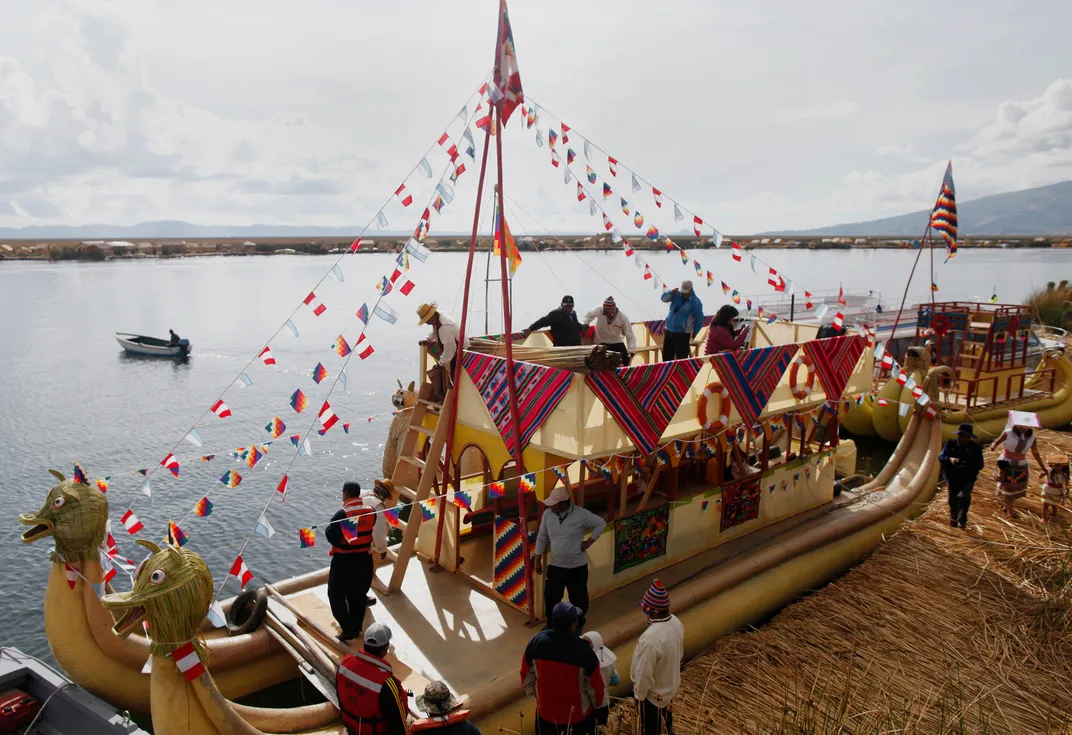
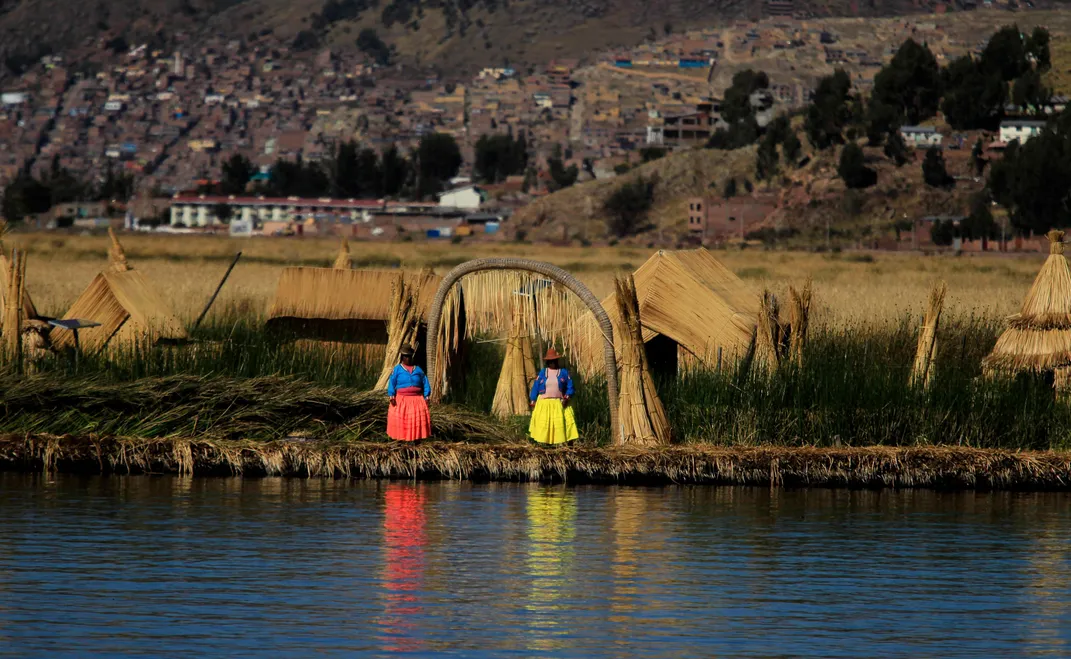
/https://tf-cmsv2-smithsonianmag-media.s3.amazonaws.com/accounts/headshot/michele-lent-hirsch.jpg)